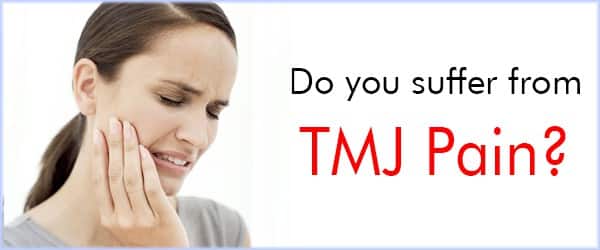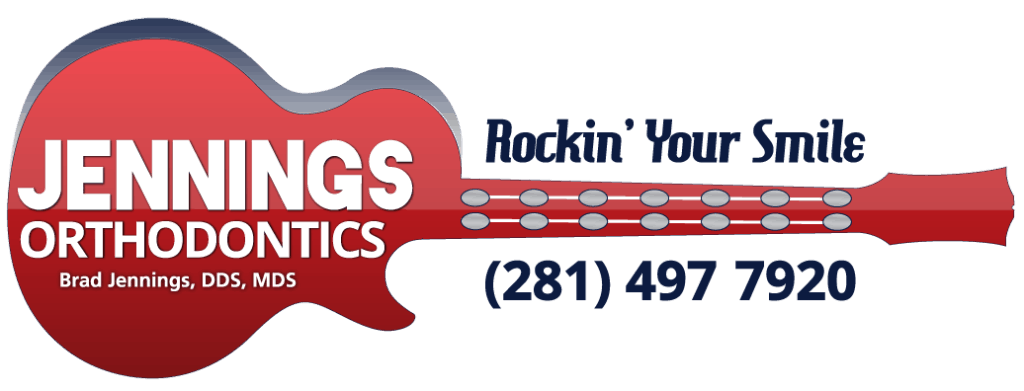
TMJ is the abbreviation for Temporomandibular Joint. The joint is the connection between the lower “U” shaped jaw (mandible) to the skull. The joint is highly complex since it allows rotation for opening and closing the mouth, and sliding side to side as well as front to back. In addition to the complexity of the joint, it is frequently used throughout the day for talking, chewing, and in some patients, grinding.
Many people have heard of conditions of the TMJ – more appropriately described as TMD (Temporomandibular Disorder). Problems with the joint range from clicking or popping sounds when opening and closing, to significant pain or locking of the jaw. The extent to which these symptoms are present in a particular patient will dictate what type of treatment may be recommended. The dentist or orthodontist may recommend treatment or a referral to a dentist with additional training for TMD patients.
The cause of TMD cannot be isolated to one particular cause. It is therefore regarded as multifactorial, since behavior, emotions, bite, and other physical factors may contribute to the disorder. The role that the bite plays in the disorder is still debated. This needs to be emphasized because some patients choose to pursue braces to help with their TMJ problems. The changes that occur with braces in the alignment of the teeth and bite may not in fact “cure” TMD.
The role of braces causing TMJ problems has also been studied extensively. There is overwhelming evidence that braces generally do not increase the risk of developing TMJ problems later (Am J Orthod Orthop 1992;101:79-83). The study cited here was a comprehensive review of many studies done previously. Results of approximately 1300 patients from around the world were represented, and were treated with different plans (i.e. extraction, non-extraction, and various appliances).
The complexity of the TMJ and the circumstances surrounding the potential causes of TMJ problems may not be entirely clear. That said, numerous studies support the fact that TMJ problems have many causative factors, and the changes occurring during braces are gradual, which generally allows the TMJ to adapt without difficulty.
It has been my experience that if “TMD” does occur it seems to happen a lot more frequently in female patients in their mid-teens, which also is about the time braces are removed. I also notice that when a patient believes they are having joint pain, it is more commonly muscle pain they are having. Think of it like this. If you pull your hamstring while running and continue to run, it will never heal and hurt like heck. If you injure one of your chewing muscles like the masseter, you are still “running” on it by continuing to chew. Most of the time you can take an anti-inflammatory like Motrin to calm it down and obviously avoid repetitive chewing like gum. True TMD is a complicated situation to correct, but luckily most patients I see have muscular problems. Please also be aware that there is no recognized specialty of TMJ or TMD “experts”, but you may see many dentists advertising as such. Simply getting a night guard may not be the answer just as slapping on a set of braces may not be the answer. If you have any questions, please contact us.
Jennings Orthodontics in Houston offers free Orthodontic consultations to children and adults who want to correct their smile and gain the confidence they deserve, plus our office is one of the coolest looking Orthodontic practices in Houston and we offer convenient financing to fit any budget! To request your appointment, call us at 281-497-7920 or visit https://drjenningsortho.com
